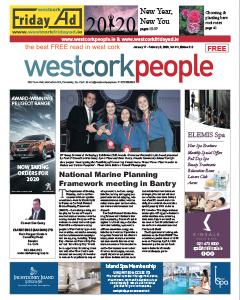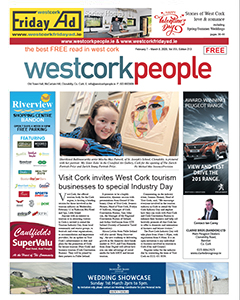The scale of loss in World Wat One, as well as the brutality of it, are almost incalculable. To try and articulate the misery it caused to its victims, would simply do the effects an injustice. The volume of casualties, the cannon-fodder tactics and the extreme harshness of the conditions the men found themselves in is indescribable. To try and do so would be foolish. These losses, however, are just the tip of the iceberg. What we see when we do a google search of World War One, when we open a book or stumble upon on television are just that, the tip of an iceberg of sorrow and destruction. Lurking below sea level are another nine tenths of hardship and cruelty.
Facial prosthetics at the beginning of the 20th century were rudimentary but facial injuries were common place as many men had been shot in the face in Flanders’ fields. Orbital bones would have been blown through their skull; noses, eyes, lips, all would have been lost immediately by men who had just gone ‘over the top’ on the front line. Our intricately boned faces collapse remarkably easily – caved in by bullets and spinning shrapnel. Men that survived would have been treated with no anaesthetic. Receiving an immediate discharge, if they survived transportation from the fields on the Western Front to the makeshift hospital wards back at base, they would then have been returned home, without a face. Robbed of their very identities, they came to symbolise the ugly face of a new, mechanised form of war.
Massively disfigured, these veterans would often live a life of solitude and shame. Their visual identity, the essence of who they were, had been reduced to a bubbling mess. They hid in fear of their family and friends shrinking away, the psychological damage and depression of the victims of facial injury is said to be some of the worst, it is part of the collapse of self.
This was the birth of modern day plastic surgery but not all soldiers had access to surgeons, nor did everyone wish to undergo months or years of painful operations. This period saw the birth of the ‘mask of war’. There were two protagonists: Anna Coleman Watts Ladd and Derwent Wood.
Anna created hundreds of masks of soldiers’ faces, from clay or plasticine, in order to create a prosthetic piece made of extremely thin galvanized copper. The metal was painted with hard enamel to resemble the recipient’s skin tone. Ladd then used real hair to create the eyelashes, eyebrows and moustaches. Had it not been for her efforts, many of these men would have lived in isolation due to the severity of their wounds.
Derwent Wood meanwhile was a trained sculptor. By the time war came Wood was 41, too old to enlist. He volunteered as an orderly in a hospital and he came to know the men in a way that many never could. He tended them, these men with flaps or slits instead of eyes, missing jaws, noses torn away.
Wood realised that for some the damage was too great and beyond repair – the catastrophic bone loss was impossible for even the most talented surgeon at the time to mend. So he set up a studio in Wandsworth Hospital with a cast-maker and three others. Similar to Anna Coleman Ladd Watts, they began making tin-plate and copper faces for these men. Each was built on plaster casts of the soldiers faces; each modelled exactly. Where they existed, pre-injury photographs were used as a guide. Wood would then hand paint them in-situ on the patient’s face – enamel paints blended to match the complexion of the man, adjusting the skin tones to fit exactly. With roughly 200,000 men with facial injuries they could only ever help a portion but they helped as many as they could, giving them back something that they had lost in the mud, dust, blood and metal of the Western Front.
“I endeavour by means of the skill I happen to possess as a sculptor to make a man’s face as near as possible to what it looked like before he was wounded,” Wood wrote in 1917. “My cases are generally extreme cases that plastic surgery has, perforce, had to abandon; but, as in plastic surgery, the psychological effect is the same. The patient acquires his old self-respect, self-assurance, self-reliance.… takes once more to a pride in his personal appearance. His presence is no longer a source of melancholy to himself nor of sadness to his relatives and friends.”
Necessity is the mother of invention. Anna Coleman Watts Ladd and Derwent Wood were heroes that gave veterans a life after war. An incalculable gift.



